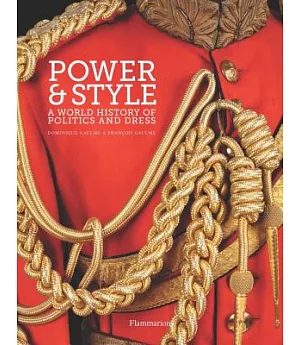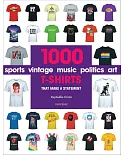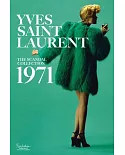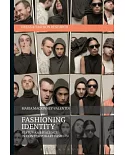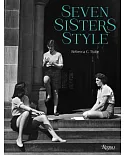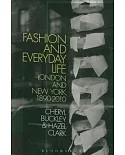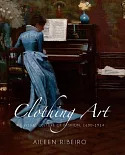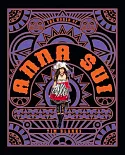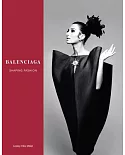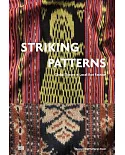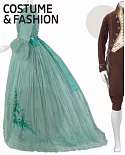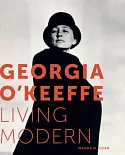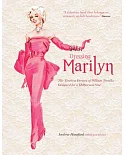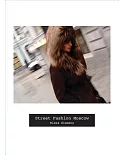From the invention of clothing to modern menswear, fashion has been used to embody power in monarchies, military regimes, dictatorships, and the birth of democracy. From the advent of the first
civilizations along the Euphrates, Indus, and Nile rivers, clothing has not only offered protection from the elements, but it has also served as an expression of political power and its
allocation throughout society. From tribes to royalty, dictatorships to democracies, one’s manner of dress reveals as much about a society’s structures as about the different identities and
communities that it encompasses. From ceremonial dress to fur coats, tribal paint to grass skirts, one’s finery conveys the power and status of its wearer. While so-called "naked" societies use
ocher, feathers, or shells to demonstrate social standing, elsewhere, gold, pearls, and other precious materials are used to show an individual’s importance.By studying the evolution of costume
throughout history, we gain insight into the changes at the heart of communities, from East to West. The desire to dazzle and differentiate oneself via excessive adornment, or conversely the
wish to conform, self-expression through attire says as much about an individual as about the society in which they live. From the ornate robes of Chinese emperors, to the painted Nubas in
Africa, via the trends of different European courts that gave rise to the modern business suit, clothing as a manner of displaying power is explained in detail in this richly illustrated
volume.

